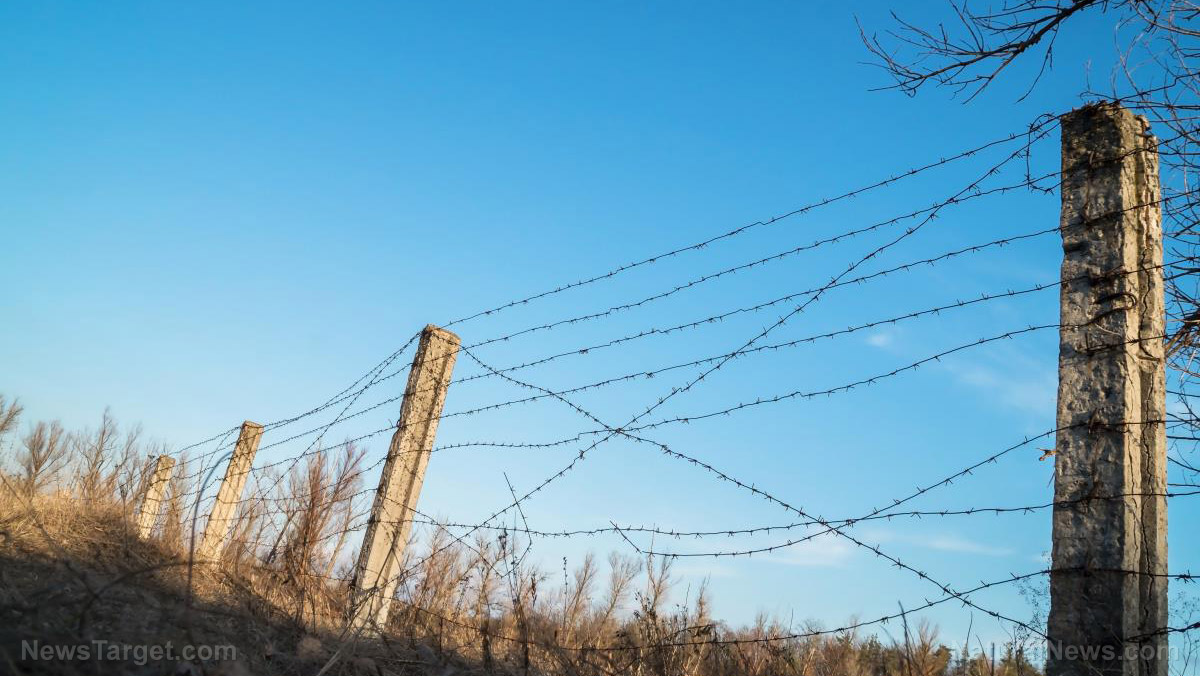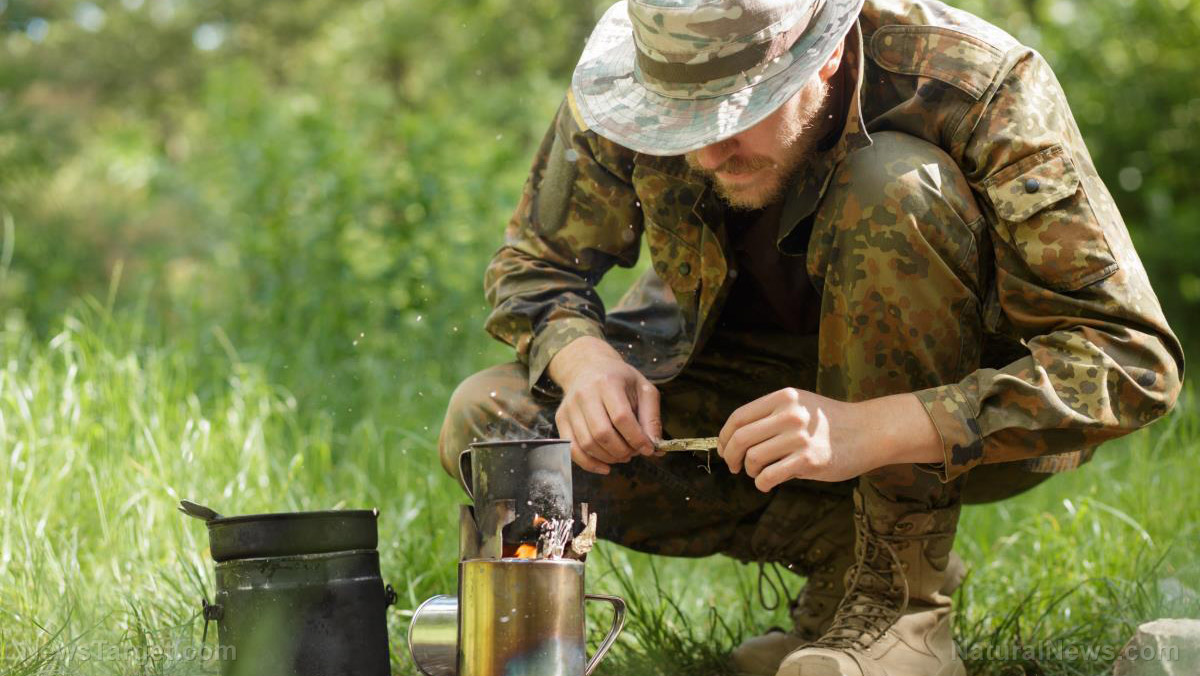Survival first aid: Symptoms, prevention and treatment of heat disorders
02/19/2020 / By Arsenio Toledo

Heat disorders are a spectrum of illnesses that are caused by overexposure to heat. Being able to recognize the symptoms of a heat disorder will help you avoid a disaster. Whether it be something as small as a heat cramp or something as serious as heat stroke, understanding its symptoms, and knowing how to prevent and treat it, can help you save a life.
Risk factors
Heat disorders affect everyone differently, and many will have different levels of tolerance to heat. However, there are various risk factors that can make you more susceptible to a heat disorder. (Related: Beware of the summer bugout: Prepare to stay hydrated or the heat might literally kill you.)
- Environment — If the temperature is greater than 90 degrees or the relative humidity of the area is greater than 60 percent, you’re more likely to experience a heat disorder, whether you’re indoors or outside.
- Age — Heat disorders, like many other health conditions, will disproportionately affect the very young and the very old. So, if you or someone you know is either over 50 or a toddler, they’re more likely to have a heat disorder.
- Amount of physical activity — If you’re out of shape, it is very dangerous to engage in strenuous exercise during extremely hot or humid days. Even just going for a walk on a really hot day can increase your risk.
- Place of employment — If you work primarily outdoors or if your office is poorly ventilated, not only are you more likely to experience a heat disorder, but it is also dangerous for your overall heath.
- Your medication — Certain drugs, such as diuretics, anti-cholinergics and anti-psychotics, will make you more vulnerable especially during high temperatures.
- Alcohol intake — High alcohol intake can lead to faulty judgment and impaired psychomotor ability. Being intoxicated during a heat wave can be detrimental. During extreme temperatures, both hot and cold, you need to keep full control of your senses. Alcohol also dehydrates you, increasing risk.
Symptoms and treatment
Whether or not you’re at a high risk of a heat disorder, it can still happen, and it’s best to understand what the symptoms are in order to spot them immediately.
- Heat cramp — A heat cramp usually comes after exercise or other vigorous physical activity. Much like a regular cramp, it is characterized by painful muscle spasms. To avoid a heat cramp, drink plenty of fluids.
- Heat exhaustion — Heat exhaustion is perhaps the most common of the heat disorders. Heat exhaustion is the body reacting to overexposure to high temperatures. When you have heat exhaustion, you will become weak, most likely due to dehydration, perspire profusely and get fatigued. In extreme cases, heat exhaustion can also cause circulatory collapse, major seizures and eventually, heat stroke.
- Heat stroke — Heat stroke is perhaps the worst heat disorder that can possibly happen. The best way to spot a heat stroke is to notice whether or not the patient is sweating. A lack of sweat, combined with skin that is hot to the touch, is a major sign. If left untreated, heat stroke patients can progress to deadlier symptoms, such as shock and even death.
Prevention
The National Weather Service (NWS) usually issues excessive heat warnings within 12 hours of the heat index reaching a critical temperature. Other than the NWS’s warning, the temperature app on your phone can also give you a detailed report on the current weather. If you are in the area of an excessive heat warning, you have to do everything to counteract it immediately or you, your family and even your pets will suffer. The Department of Homeland Security has several tips for preparing for a heat wave:
- Find air conditioning.
- Avoid strenuous activities.
- Wear light clothing.
- Drink plenty of fluids.
- Check on pets, neighbors and family members.
During the heat wave itself, be sure to stay indoors, preferably in a room with air conditioning. If your house is poorly ventilated, consider driving over to a neighbor’s house, the public library, a shopping mall or a community center to wait out the heat.
For all of these conditions, the best way to counteract them is to drink plenty of fluids. For heat exhaustion and heat cramps, maintaining the amount of sodium in your body is also key, as you lose a lot of it through perspiration. One way of doing this is to take a sodium supplement with your glass of water. If you’re outdoors when the heat disorder happens, move out of the sun and to a colder location immediately. The goal, especially if the patient has heat stroke, is to lower the temperature to at least below 102 degrees quickly, but not so quick that you replace the very high temperature with a very low one. If the patient has heat stroke, continue monitoring the situation and call medical services immediately. Rapidly fan him and wet the body with a damp cloth to help him cool down quicker. You can also place him in a body of water, such as a bath.
Heat disorders, if left untreated, can turn very deadly. However, with the right amount of knowledge and preparation, you can react to any heat disorder quickly enough to avoid further health complications.
Sources include:
Tagged Under: dehydration, emergency, first aid, heat cramps, heat disorder, heat exhaustion, heat stroke, preparedness, prepping, remedies, survival
RECENT NEWS & ARTICLES
COPYRIGHT © 2017 · SURVIVAL NEWS



















